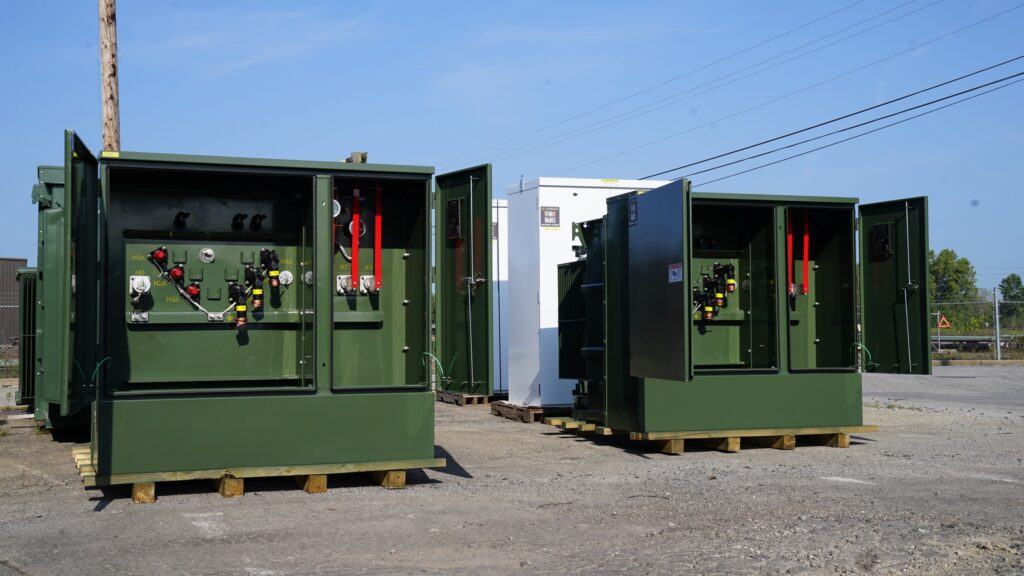Exploring Different Types of Transformers for Industrial Applications
Distribution transformers are the backbone of modern electrical systems. They distribute power efficiently and reliably across various industries. When you manage a manufacturing plant, a commercial complex, or a large-scale power grid, selecting the right transformer is important for maintaining consistency in your daily operations. With different types of transformers available, each designed for specific applications, understanding their differences is key as it allows you to make better, more informed decisions for your power infrastructure.
In this blog, we’ll explore the various types of transformers typically used in industrial settings. We’ll cover pad-mounted, substation, and dry-type transformers, each with its own role in efficient power distribution. Additionally, we’ll guide you through your options for purchasing from a reliable supplier, whether you’re looking for new, custom-engineered, or reconditioned transformers. Knowing these options helps you make informed decisions tailored to your specific needs.
3 Different Types of Transformers for Industrial Applications
When it comes to industrial applications, the right transformer can make all the difference in achieving efficient power distribution and system reliability. While there are different types of transformers, each is designed to meet specific needs, from handling high voltages in large-scale operations to providing localized power management in confined spaces.
Below, we explore the various types of transformers, each with unique features and applications to help you find the best solution for your industrial power requirements.
#1. Padmount Transformers
Padmount transformers are a vital part of modern power distribution, especially in urban and suburban areas. Among the many different types of transformers, these units are installed at ground level and are enclosed in secure, tamper-resistant cabinets. Their design makes them both safe and visually unobtrusive.
- Safety Features: The secure enclosures of these transformers protect them from weather conditions and unauthorized access, ensuring reliable and safe operation.
- Versatile Applications: Among the different types of transformer applications, pad-mounted transformers are widely used in residential neighborhoods, commercial complexes, and industrial sites to efficiently manage power distribution.
Padmount transformers also offer an excellent balance between performance and ease of installation. Whether you’re setting up a new power system or upgrading an existing one, these transformers provide a reliable solution that fits seamlessly into a variety of settings.
#2. Substation Transformers
Substation transformers are critical in the process of stepping down high-voltage electricity from power lines to levels that can be safely distributed to homes and businesses. Among the different types of transformers, substation units are typically larger and more powerful, designed to handle the substantial loads found in utility substations.
- High-Capacity Power Management: These transformers manage the significant voltage reductions needed to distribute electricity over long distances, ensuring that power reaches end-users safely and efficiently.
- Wider Range of Capabilities: Substations have a much wider range of kVA and primary voltages, offering a broader capacity for different applications.
- Durability: Built to withstand harsh environmental conditions and heavy use, these transformers are designed for long-term performance.
Substations are typically used above 10 MVA and are the right suitor for applications where the incoming or outcoming cable is coming from above or from beside. Among the different types of transformers, their robust design and critical role in the power infrastructure make them an important component in distributing a reliable energy supply.
#3. Dry-Type Transformers
Among the different types of transformers available, dry-type transformers are widely utilized in many power systems, particularly in environments where oil-filled transformers may pose a safety risk or are not suitable. Unlike other transformers that use oil for cooling, dry-type transformers use air, making them more versatile in specific applications, such as indoors or in environments with strict fire safety regulations.
- Air-Cooling System: Dry-type transformers rely on air circulation for cooling, which means they require regular checks to ensure that air pathways are clear and that ventilation systems are functioning properly. The unit must also be protected from dust, dirt, or debris to maintain efficient cooling and prevent overheating.
- Location Suitability: These transformers are particularly well-suited for indoor use or in environments where oil leaks would be problematic. Regular inspections should focus on ensuring that the transformer is properly sealed and that there are no signs of insulation wear or damage, which could compromise safety and performance.
- Lower Maintenance Needs: One of the advantages of dry-type transformers is that they typically require less maintenance than their oil-filled counterparts. However, it’s still essential to conduct periodic inspections for any signs of electrical or mechanical wear, as well as to monitor temperature levels to prevent overheating.
While there are different types of transformers out there in the market, dry-type transformers offer a reliable and low-maintenance solution for many power distribution needs. By focusing on regular inspections and ensuring proper ventilation, these transformers can provide long-term, efficient service in a variety of applications.

Exploring Your Purchasing Options
When it comes to powering your operations, picking the right transformer is just the start. It’s equally important to choose the right purchasing option that fits your specific needs and timelines. Among the different types of transformer purchasing options, there are three main ones.
- New Transformers: If you need a transformer ready to go right away, new units are a great choice. These units are usually in stock, built to the latest industry standards, and ready for quick deployment.
- Custom Transformers: Engineered to meet specific needs that standard models may not address, these custom units offer optimal performance and enhanced integration capabilities.
- Reconditioned Transformers: These units are a smart choice for projects where budget constraints are a priority, providing reliable performance at a lower cost without compromising on quality.
Whether you’re looking for a brand-new transformer, a custom-designed solution, or a reconditioned unit, understanding the different types of transformers available will help you make the best decision for your specific requirements.
How to Choose the Right Transformer for Your Needs
When it comes to powering your operations, selecting the right transformer is key to maintaining efficiency and reliability. With so many different types of transformers available, making the best choice requires a clear understanding of your specific needs and the unique benefits each transformer type offers.
- Assess Your Power Requirements: Start by understanding the specific voltage and power capacity your system needs. Whether you’re dealing with high-capacity industrial equipment or a smaller-scale operation, matching the transformer’s capacity to your needs is essential for optimal performance.
- Evaluate the Transformer Type: Different types of transformers serve different purposes. If you need to step down high voltage for industrial use, a distribution transformer might be the best choice such as a substation. For more localized power distribution, a padmount transformer could be the better option.
- Think About Future Needs: It’s also important to consider future expansion or changes in power demands. Selecting a transformer that can accommodate potential increases in load will save you time and resources in the long run.
- Consult with Experts: Lastly, working with a knowledgeable transformer manufacturing company or distributor who understands your specific industry and requirements can help guide you to the right transformer.
By following these steps, you can confidently choose the right system for your power distribution needs, ensuring reliable performance and long-term efficiency.
Power Your Success with JCL Energy’s Expert Transformer Solutions
Choosing the right transformer is important for the efficiency, reliability, and safety of your power distribution system. With so many different types of transformers available, such as padmounts, substations, or dry types, making the right choice is critical to meet your specific requirements. At JCL Energy, we provide products crafted with precision and built to the highest standards to make sure you get the reliability and performance your projects require.
As a leading distributor and supplier of low-voltage and medium-voltage transformers, control panels, and breakers across the US, Canada, and Mexico, JCL Energy offers an extensive range of products. We proudly offer the largest inventory of padmount transformers in the USA, with each product built through rigorous processes to guarantee quality and durability. Whether you need new, custom-engineered, or reconditioned, JCL Energy delivers with fast shipping, competitive pricing, and exceptional customer service.
Contact us today for a free quote, and let JCL Energy power your success.
